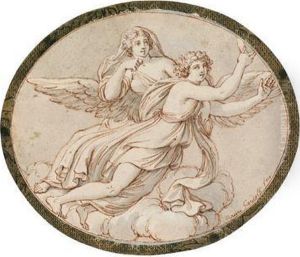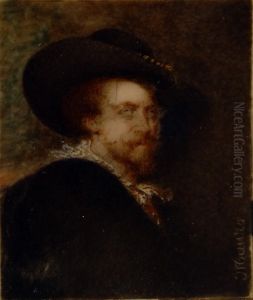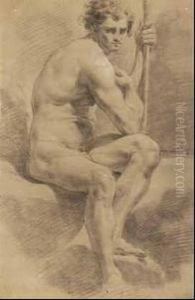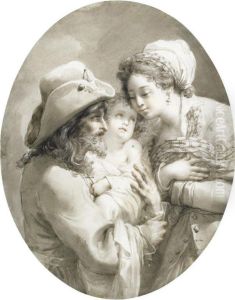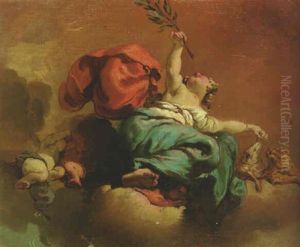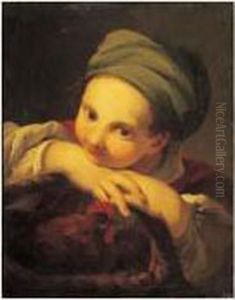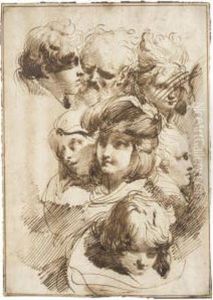Mauro Gandolfi Paintings
Mauro Gandolfi was an Italian artist, born in 1764 in Bologna, Italy, into a family with a rich artistic heritage. He was the son of Gaetano Gandolfi, who was an accomplished painter of the Baroque period, and the brother of Ubaldo Gandolfi. This environment naturally inclined Mauro towards an artistic career from an early age. His father provided his initial training, and Mauro quickly demonstrated a talent for drawing and painting.
After his initial education under his father, Mauro furthered his artistic studies at the Accademia Clementina in Bologna, where he was exposed to the works of the great masters and honed his skills in drawing and painting. His style was heavily influenced by the Baroque tradition, yet he also incorporated elements of the neoclassical style, which was gaining popularity at the time.
Throughout his career, Mauro Gandolfi worked on a variety of projects, including religious and mythological paintings, portraits, and decorative schemes for palaces and churches. He was known for his frescoes and altarpieces, which can still be seen in various locations in Italy. His works are characterized by their dynamic compositions, skillful use of color, and the ability to convey movement and emotion.
Mauro also spent some time teaching at the Accademia Clementina, where he had once been a student. He influenced a number of younger artists and helped to perpetuate the artistic traditions of the Gandolfi family.
Mauro Gandolfi continued to paint and teach until his death in 1834. His legacy is maintained by the works he left behind, which continue to be studied and admired for their contribution to the Italian artistic tradition. His life and work are often seen as a bridge between the Baroque sensibilities of his father's generation and the emerging neoclassical style that would dominate European art in the late 18th and early 19th centuries.


